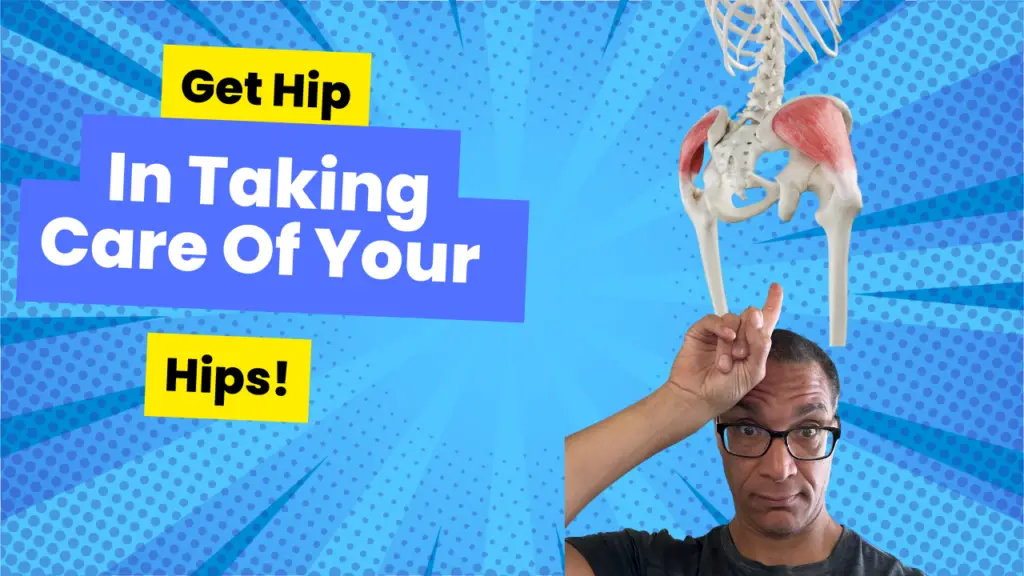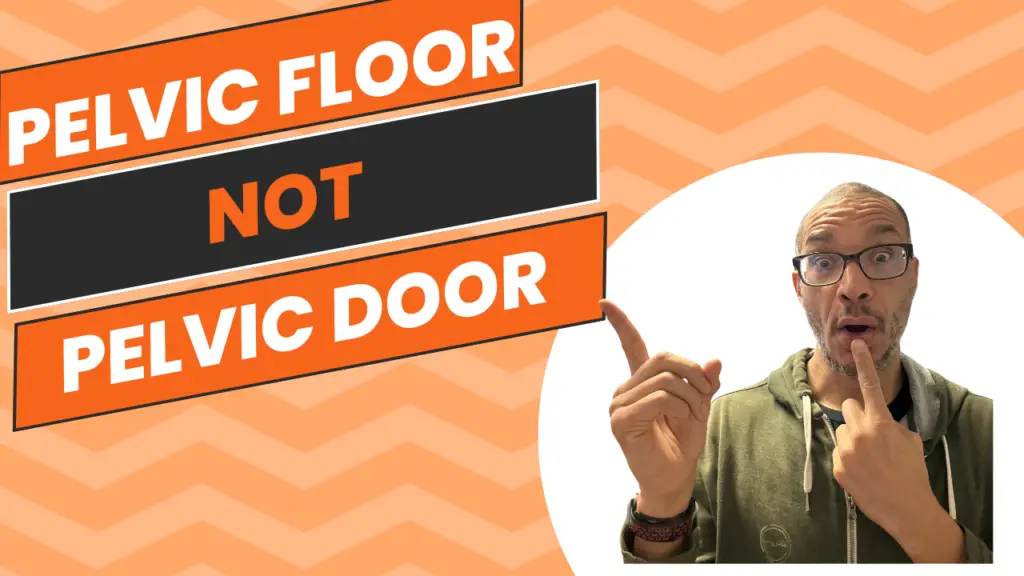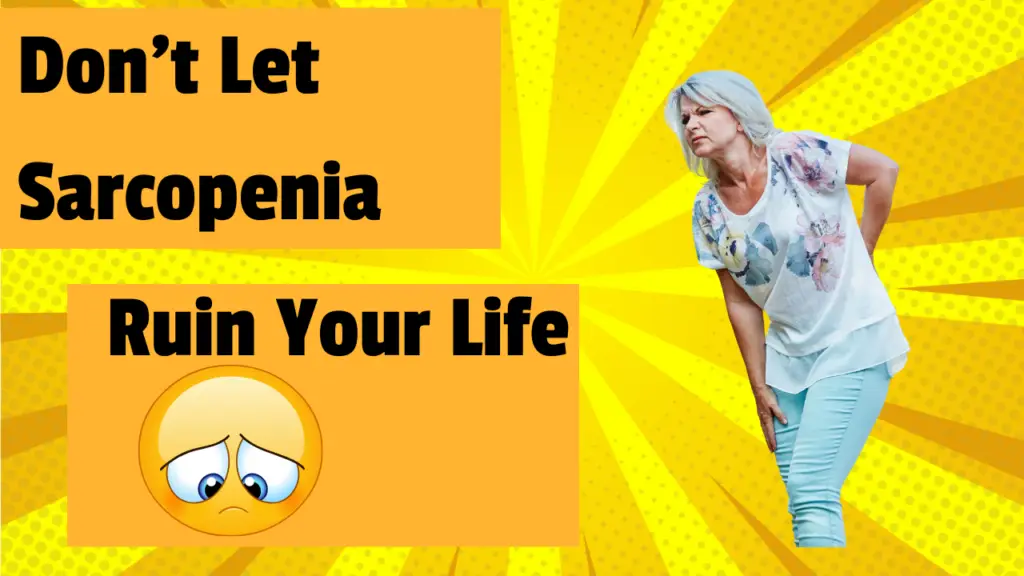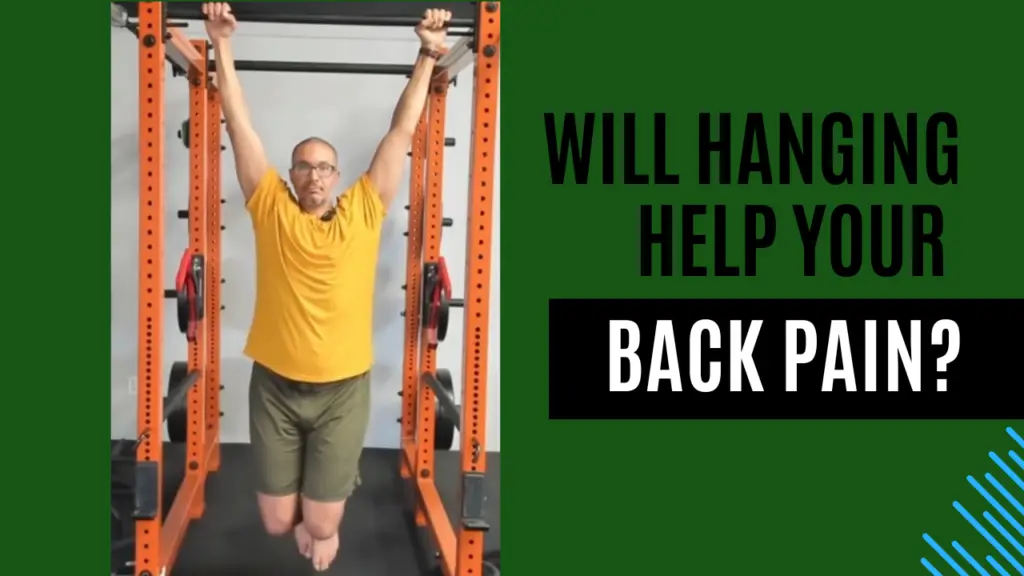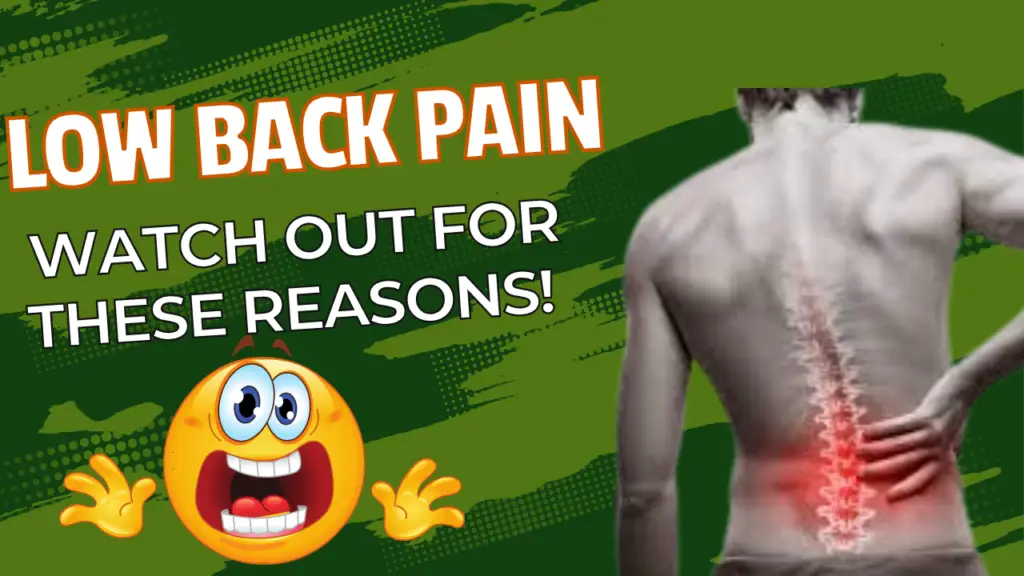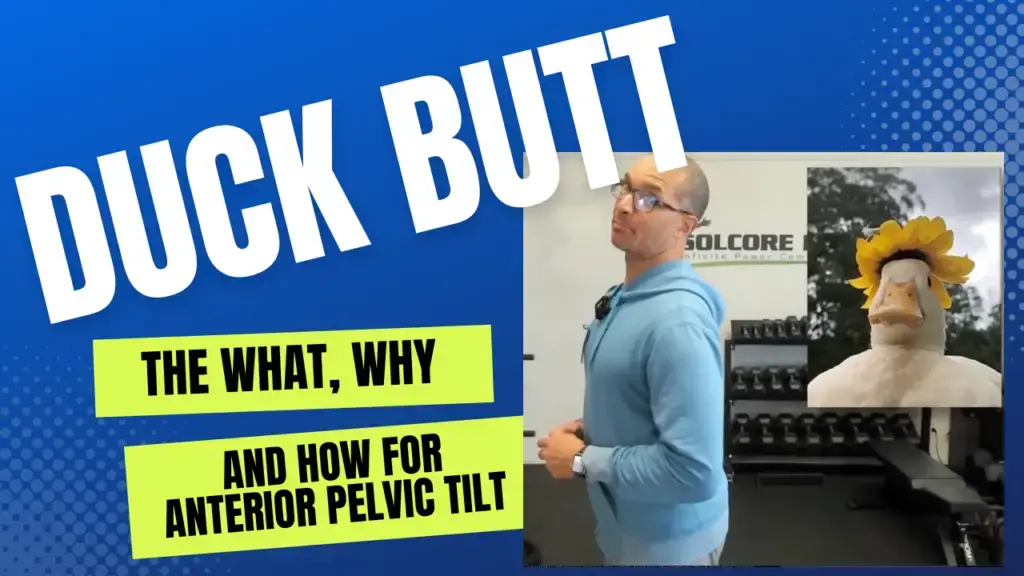Stretching is often seen as a warmup, cooldown, or just something you do when your muscles feel tight. But what if stretching and strength weren’t opposites—but partners?
When done correctly, stretching not only improves mobility—it builds strength by enhancing posture, neuromuscular control, and the structural integrity of your body.
Let’s dive into how this works and why most people are doing it wrong.
Click on the image to watch the full video
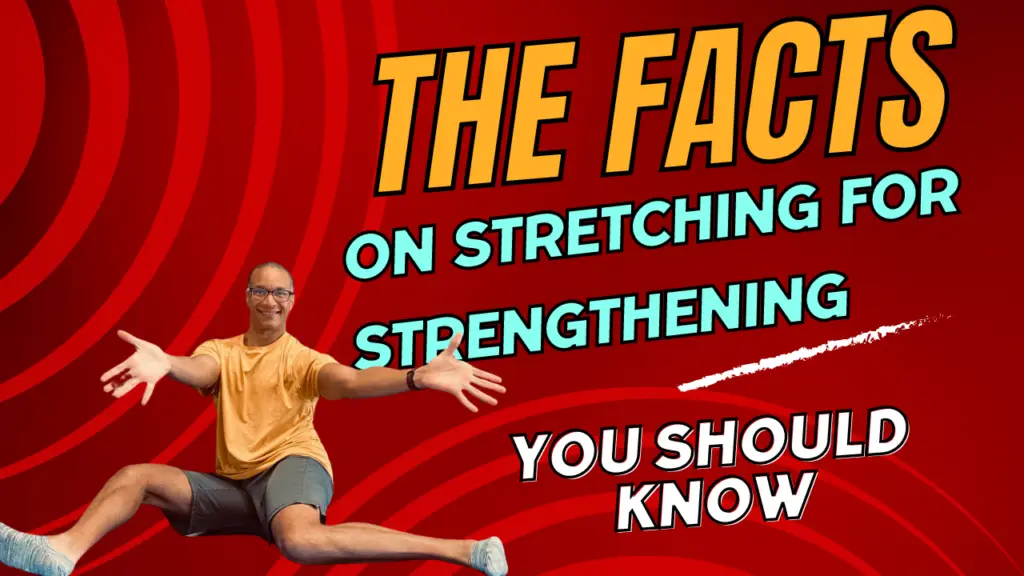
Stretching Isn’t Just Passive Relaxation
The kind of stretching you see in most gyms—grabbing your foot, throwing a leg on a bench, or flinging your arm across your chest—is outdated and ineffective.
At best, it temporarily increases range of motion. At worst, it disrupts how your body generates strength.
But with the right approach, stretching can actually improve strength by working with the body’s connective tissue system—specifically, your fascia.
Stretching vs. Warming Up: Know the Difference
Let’s clear this up:
- Warm-up: Prepares your body for activity
- Stretching: Helps normalize tissues after activity
- Foam rolling: Neither warming up nor stretching—and often harmful to fascia
Warm-ups increase your current potential. Stretching expands what’s possible over time. That’s why you should never stretch before intense activity—only after.
Why Fascia Matters for Strength
Fascia is the body’s connective tissue matrix. It wraps every muscle, nerve, and organ—creating structure, transmitting force, and supporting movement.
If your fascia is:
- Dehydrated
- Stressed
- Tangled from poor posture or injury
…it will limit how your muscles function. Stretching properly hydrates, aligns, and restores fascia—giving your muscles a better “container” to generate force from.
The Science Behind It: Tensegrity + Hill’s Muscle Model
Your body works through tensegrity—a balance of tension and compression. When fascia is out of balance, your strength output suffers.
According to Hill’s Muscle Model, true strength depends on:
- Muscle fibers
- Tendons
- Fascia
Most programs only train the first two. The third component—fascia—is what holistic stretching trains directly.
Myofascial Stretching: What It Actually Does
Done correctly, myofascial stretching:
✅ Aligns fascial chains across the body
✅ Improves posture and neuromuscular communication
✅ Boosts coordination within strength movements
✅ Reduces injury risk by improving structural integrity
Think of it as strengthening from the inside out.
Why Most People Miss This
Stretching that leads to strength isn’t generic. You can’t Google a “hip flexor stretch” and expect it to improve your squat.
You need to:
- Know which chain the muscle belongs to
- Line up posture and joints correctly
- Understand how it connects to your fascia and nervous system
That’s why working with someone who understands fascia is so important. I help clients do just that.
Take Care of Your Fascia Like This:
- Hydrate – Plain water, ½ your body weight in ounces daily, away from meals
- Manage stress – Nature, meditation, journaling, breathing
- Stretch with fascia in mind – Post-activity, aligned to your body’s specific needs
Want to Learn How to Do This Right?
If you’re just going through the motions or skipping stretching altogether, you’re missing a huge piece of the strength puzzle.
✅ Download my free guide: 4 Steps to a Strong, Pain-Free Body
✅ Book a free consult: Let’s assess your body, your routine, and see what’s really holding you back
✅ Keep learning: Explore my channel and blog—everything here is built around a holistic, fascia-first approach
Let me know in the comments: Are you using stretching to support your strength? Do you train with myofascial chains in mind?
See you next week.
it’s not just working out, it’s building a foundation for a better life.
Find out more @



